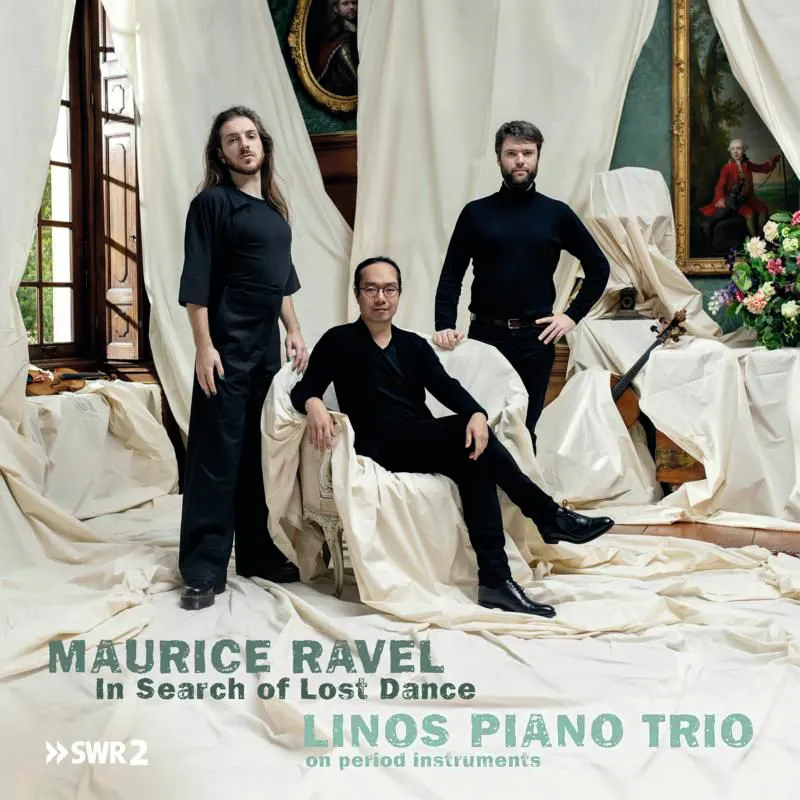
Ravel Piano Trio; Pavane pour une infante défunte (arr. trio); Le Tombeau de Couperin (arr. trio) Linos Piano Trio CAvi-music AVI 8553526 58:52 mins
It’s a great pleasure to hear Ravel’s majestic and technically demanding Piano Trio without insertions of meaningless rubato, and with every note in place. The only thing I was left wishing for was a more scrupulous observation of his dynamic markings. The piano’s opening four bars are a case in point: marked pp, they are clearly not intended as any kind of challenge. Since they incorporate the rhythm of the zortzico, a Basque dance, they would seem more likely to be a tender, nostalgic reference to that region where he was born and of which his mother was a native. Otherwise the work is carried off with splendid éclat.
The rest of the album is less alluring, being transcriptions made by the performers for themselves of Pavane pour une infante défunte and Le Tombeau de Couperin. Ravel’s own transcriptions of his music all sound so obvious and straightforward, we tend to forget the profound craft that has gone into them. So it’s no slur on Linos’s musicianship to say they have been far less successful here. Instead of basking in the music’s beauty, I found myself querying the disposition of the three instruments, asking ‘Where did that tune go?’ and ‘Why double the strings there?’; also, in Le Tombeau, ‘Why no trills at the end of the ‘Prélude’?’ and especially, ‘Why slow down at the end of the ‘Toccata’?’ Given that Ravel wrote only one Piano Trio, I trust we shall be spared similar transcriptions of Gaspard de la nuit and Valses nobles.
Roger Nichols